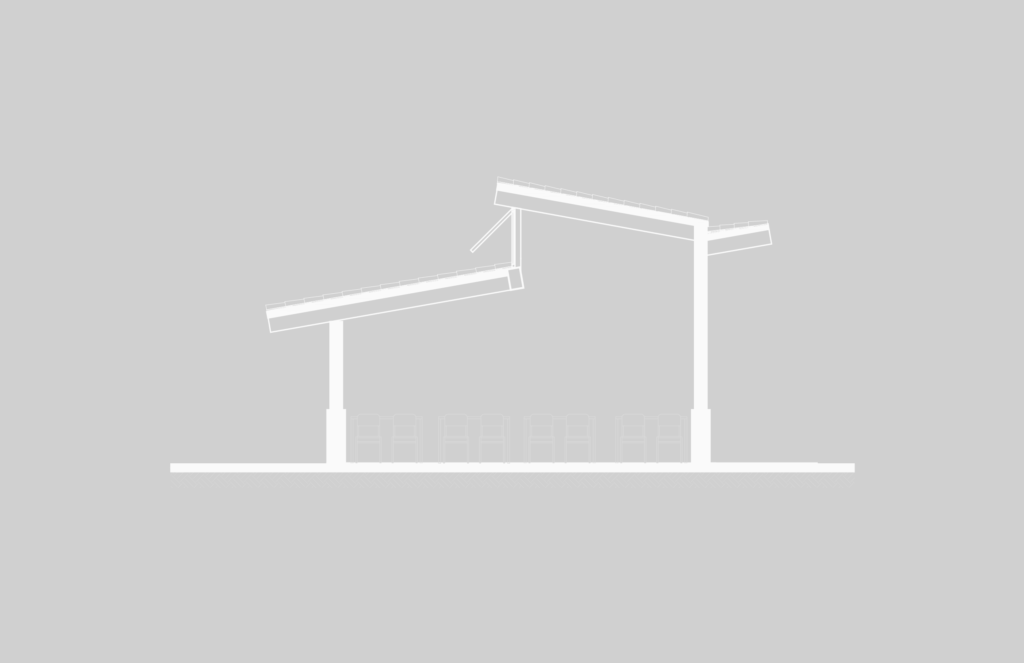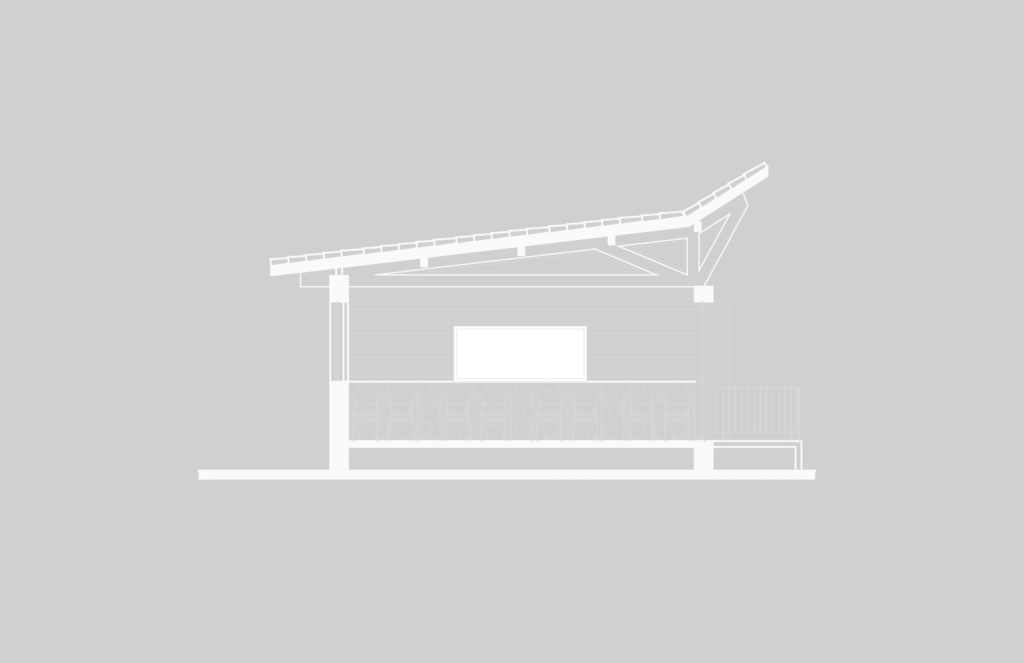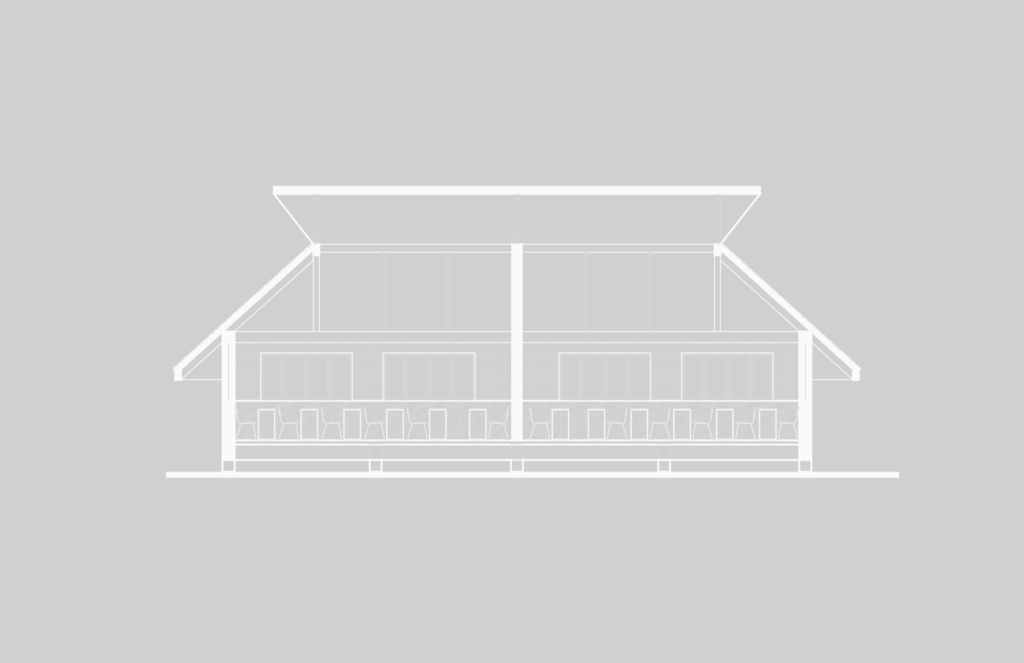National Universities for Well-being
100 Mexican communities nation wide
2018 - 2020
Educational
1,856 m2 each, 185,600 m2 in total
Leonardo Neve, Diego Vilatela, Angel Valerio
Jesús Amezcua, Otli Campos, Roberto Martínez, Rita Bustos, Ivonne Deaquino, Max Pasquel, Javier Flores, Roberto Tlatelpa, Diego Reyes
Otoniel Solís, Alejandra Saucedo, Alan Hernandez, Mario Rentería
Max Pasquel
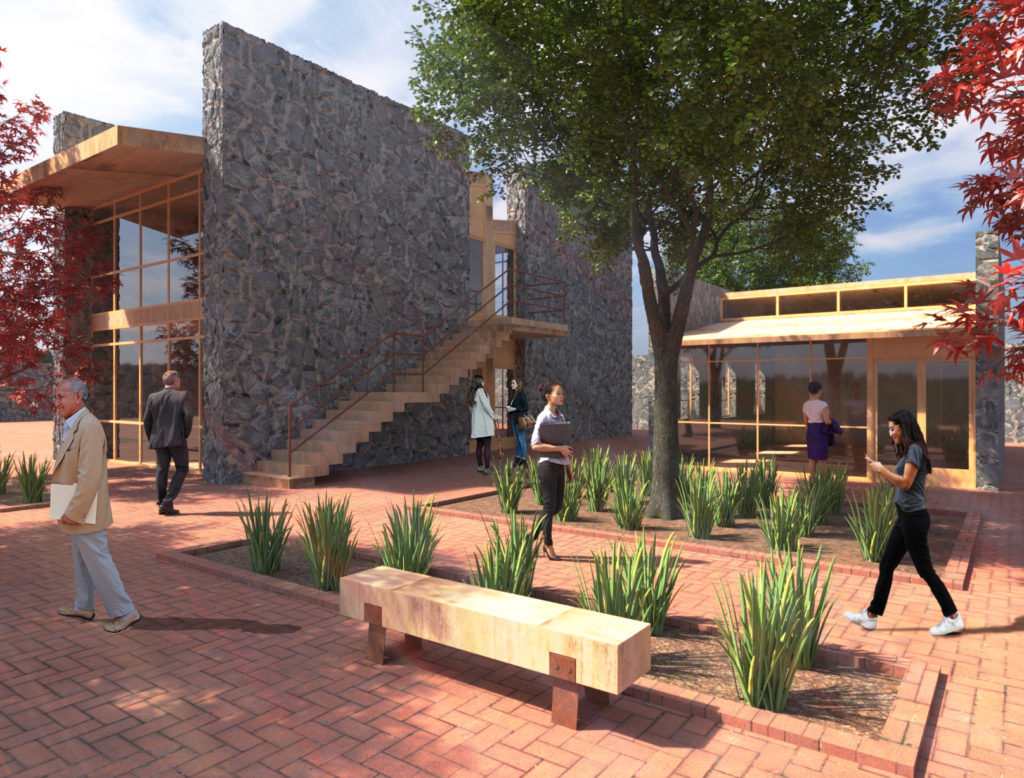
The National Universities for Well-Being is a high-interest initiative from the Mexican President Andres Manuel Lopez Obrador that aims to give access to high quality, public and free education to students that have not been able to continue their studies, due to current restrictions of public institutions, and the high costs of the private institutions.
The scope of the program is to create 100 new universities in the situation of high poverty, as a solution for the growing social inequity and lack of opportunities for many young Mexicans.
The architectural approach of the project is to fully adapt each project to the local conditions, in recognition of the wide diversity of bioclimatic conditions around the country, proposing personalized solutions that propitiate interior comfort, and at the same time, connect with the surrounding context.

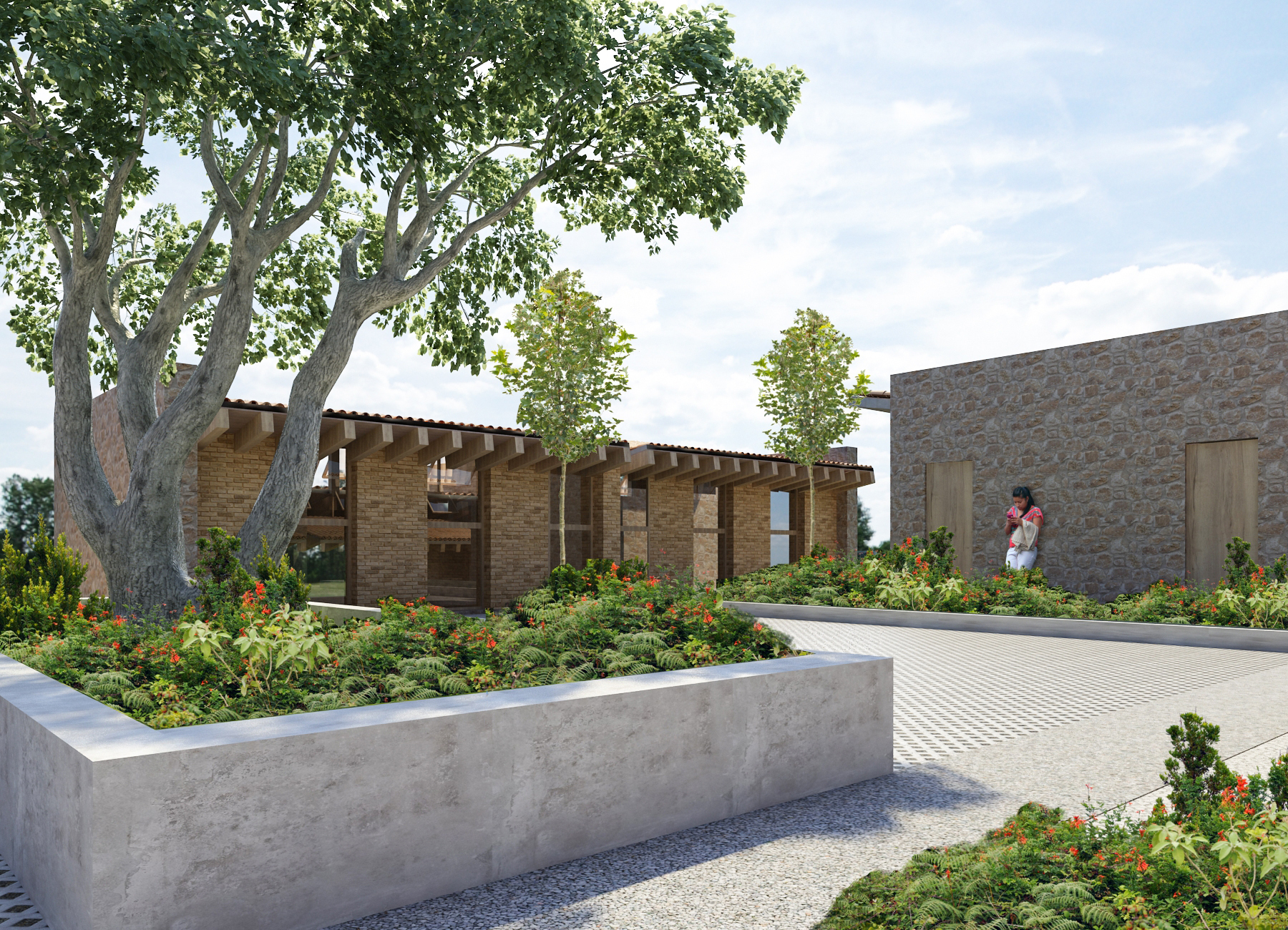
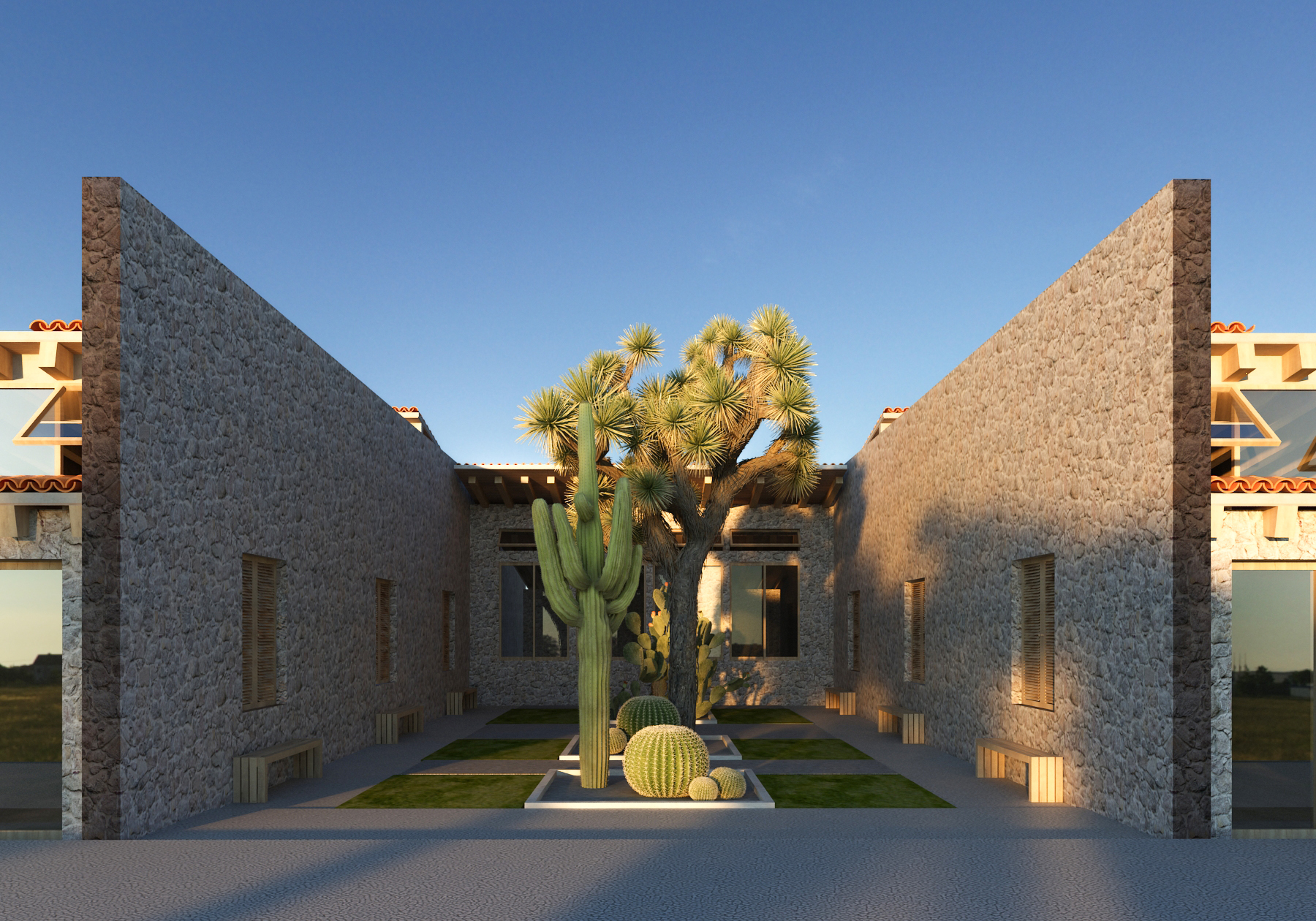
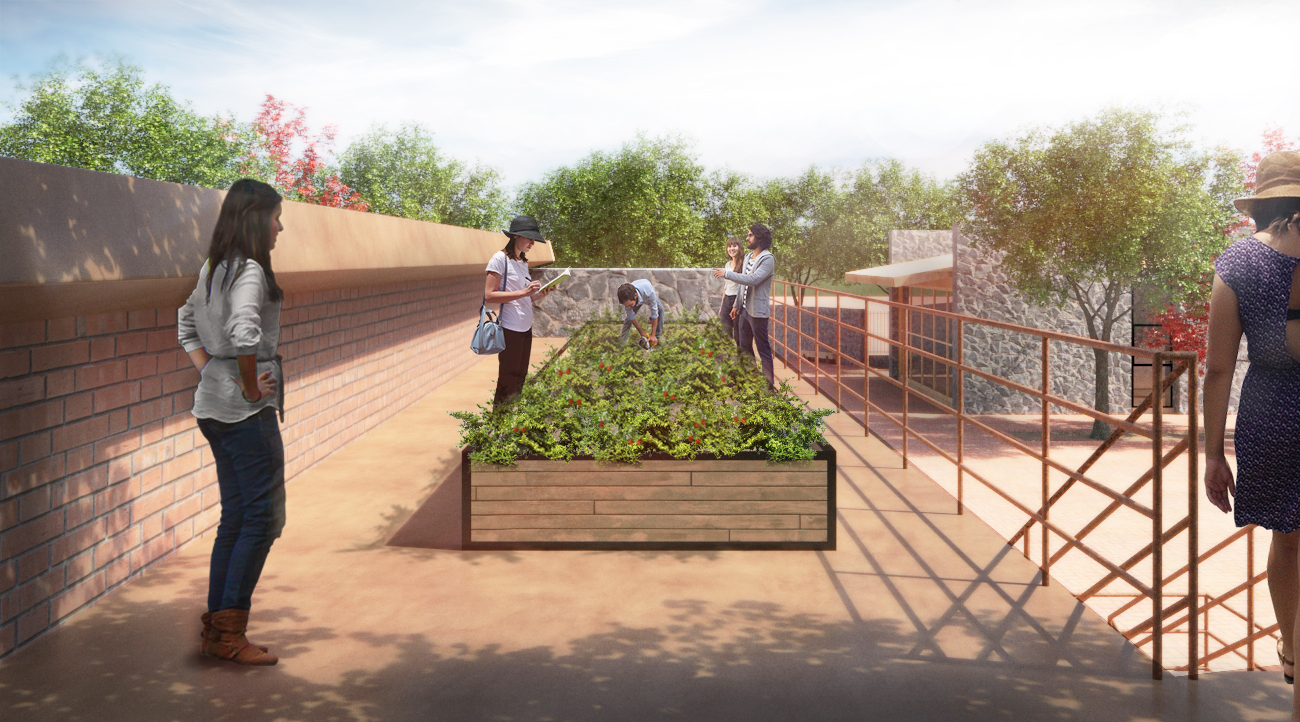
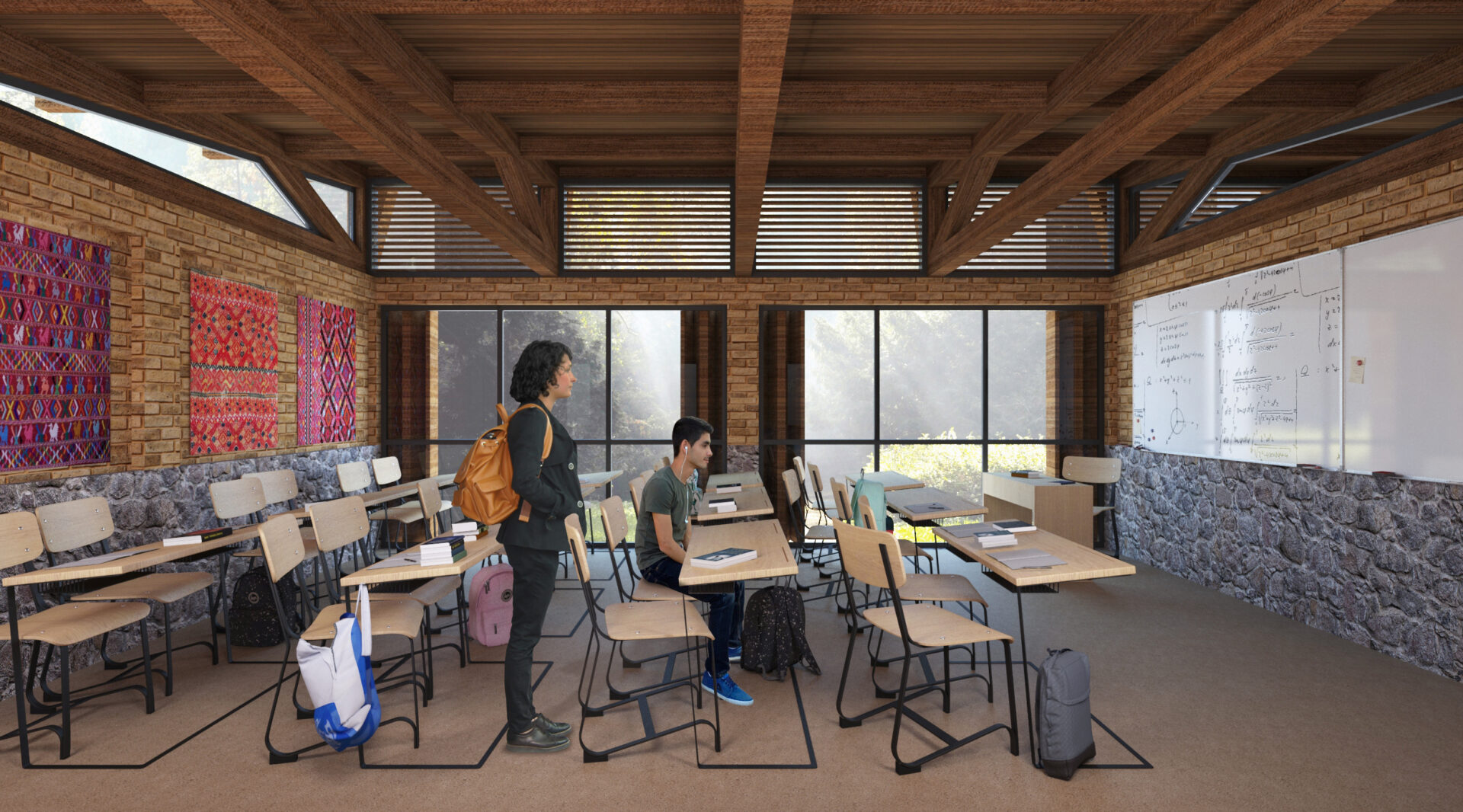
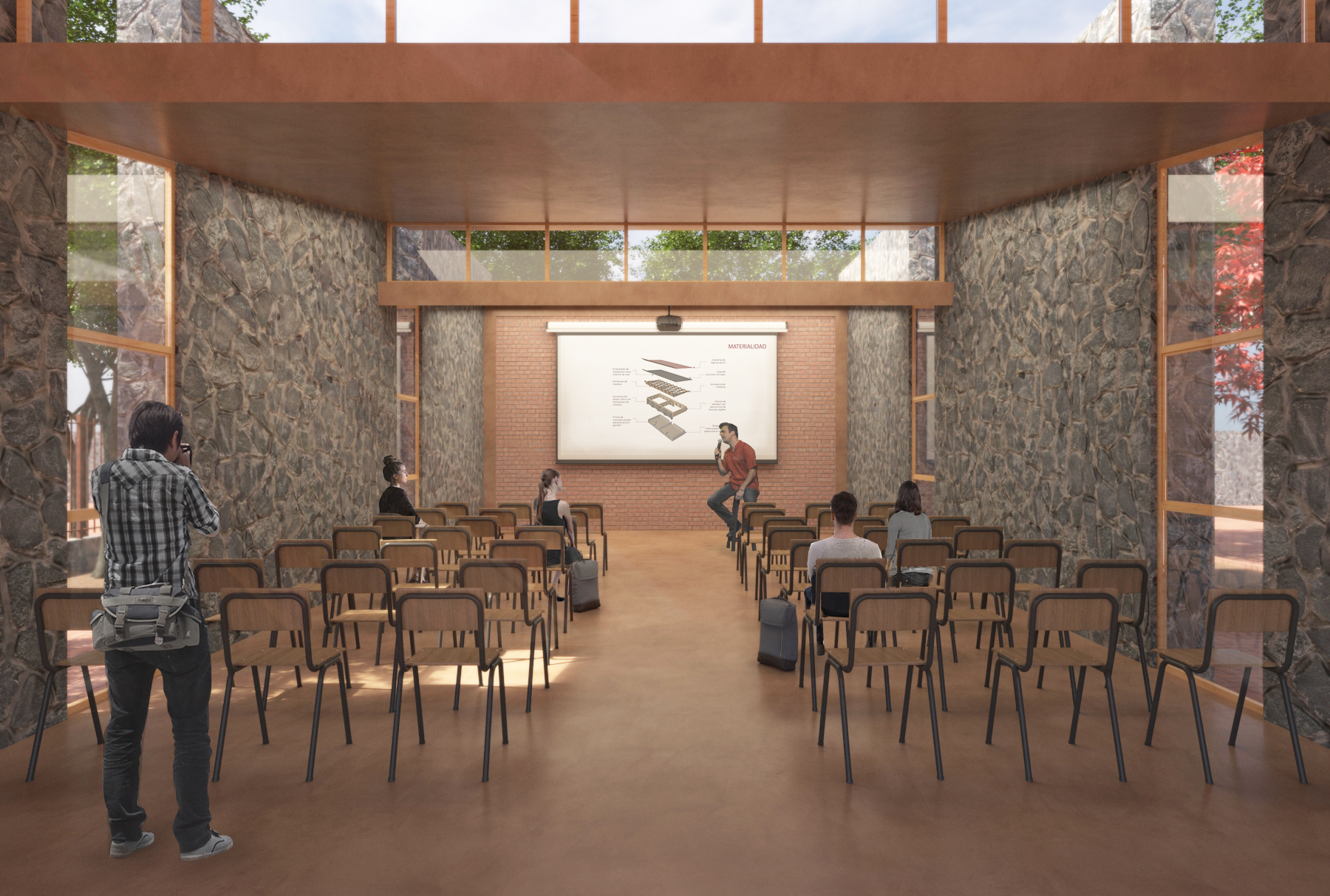
The named adaptation can be possible, due to bio-climatic design strategies that are site-specific, such as sunning, predominant wind, topography, and existing vegetation. Implementing active and passive technologies to reduce the negative impact on the environment.
In addition, the project goal is to connect with the local context promoted through the local material adaptation, such as local brick, adobe, bamboo, and wood; promoting a local sense of appropriation, and reinforcement of the local identity, hence supporting the local economy.
The design concept is to recover the lost identity of rural communities, and to restate it´s original grandeur and dignity through the development of a human-scale space that recognizes the traditions, privileges local economy, and incorporates acquired value elements, natural textures that require a low maintenance cost.
Another design goal was to provide an enriched experience for its students, teachers, and users, through the direct contact with nature, the appraisal of natural views, and the promotion of generous open-air spaces for social interaction, knowledge exchange, and the integration of the neighboring communities.
